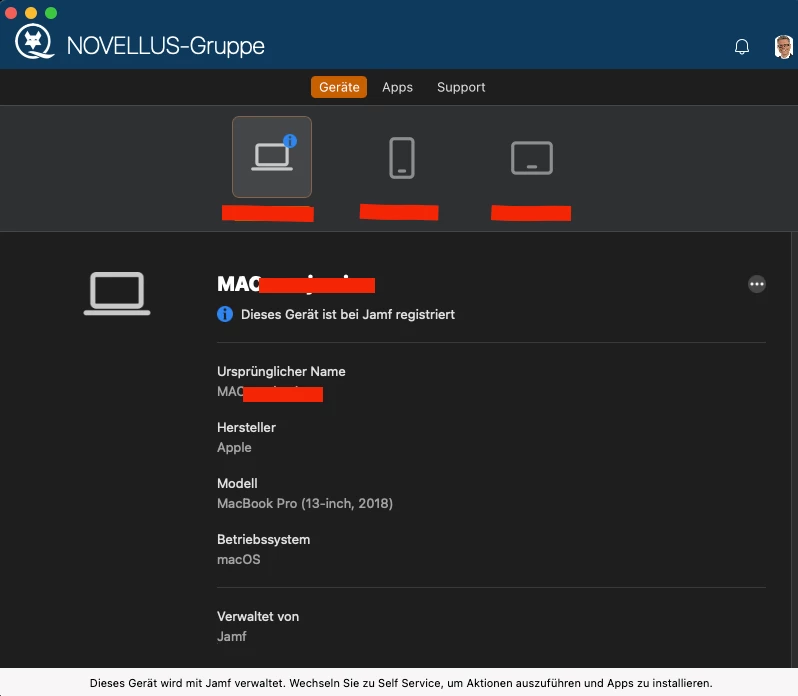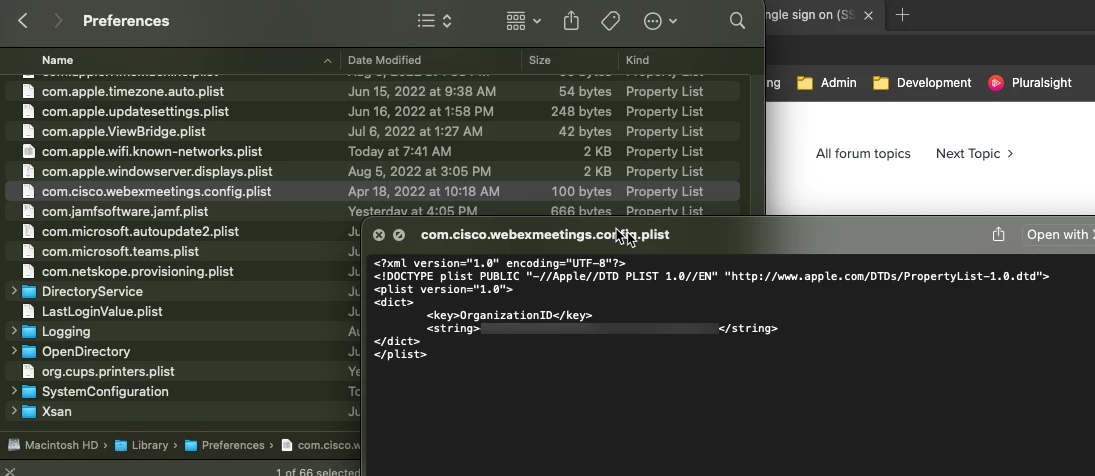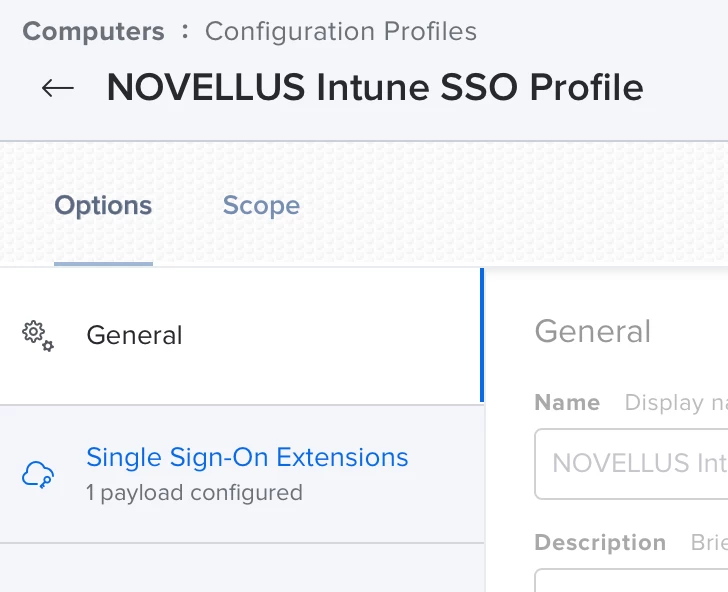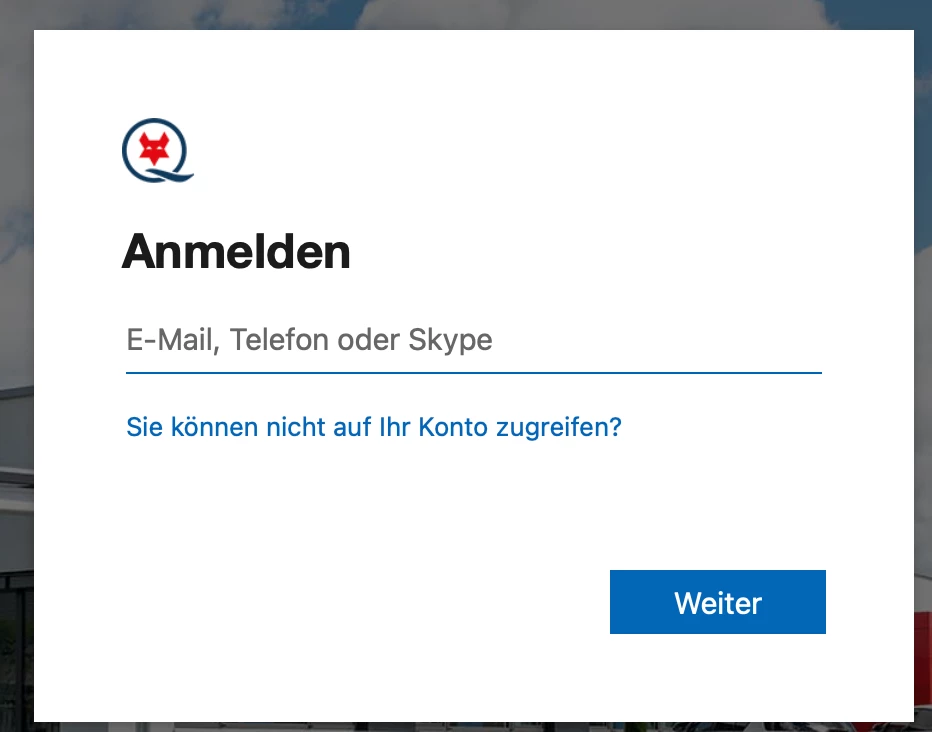Hello community,
we are using SSO via Microsoft Asher® AD.
Now, we changed our Cisco Webex® to SSO, too. On our Windows Clients, SSO for Cisco Webex® is working, but not on our Mac® clients.
I configured a configuration profile and a plist in Jamf Pro® for SSO with "Single Sing-On Extensions SSO for the Mircrosoft Office® applications is working well, but not for Cisco Webex® . The (Microsoft® ) logon screen is coming up, but the user credentials (the users email address and his password) are not automated filled. (When the user is starting an office application, like for example Excel®, the credentials will be filled in automatically).
The application "Company Portal.app" is already installed on the Mac® client and the client is registered in MS Intune®.
Is there anyone who can help me for setting up SSO for Cisco Webex® ?
Thank you for your time and answer and
kind regards,
Michael






